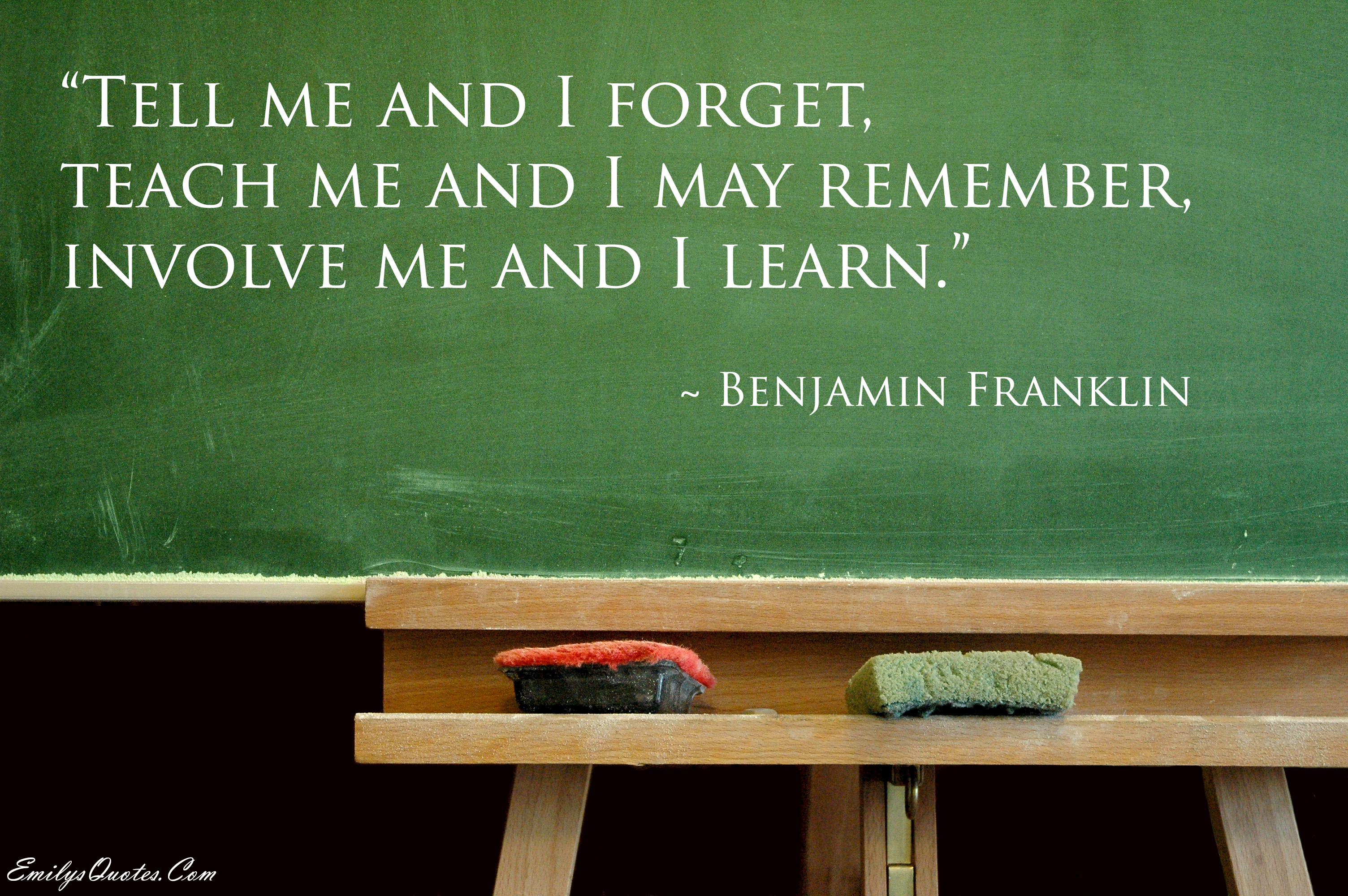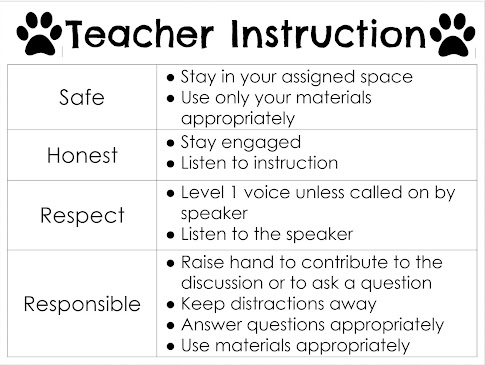Blog #4: Assessment 2.1 Classroom Lesson Discourse Analysis
The video Voices in the Conversation is centered around Ms. Bomer and her 5th-grade class. Right away, I keyed into how Ms. Bomer set up her classroom to foster learning with educational posters including math, science, history, and literacy. I was quick to notice the step-by-step guide for writing behind her during the lesson. It came through very clear that Ms. Bomer is a welcoming teacher who cares about her students and their academic success. She noted that most of her students do not receive academic help due to their family and economic circumstances when they go home. That being said, the students were very engaged and participated in the lesson. Ms. Bomer’s class of 19 students appeared to primarily identify in the BIPOC community, and there seemed to be an even female to male ratio. Ms. Bomer starts her class with a read-aloud and class discussion. Her students were shown ready to learn with their book, pencil, and notebook. She wanted to hear what her students thought and created a safe environment for her students to do so, prompting them here and there. The main focus was put on the students’ voices and their perspectives in a very conversational lesson.
1. How is language used to establish norms of
interaction and engagement? Language is used to prompt student thinking and allow students
to know what is expected of them. Ms. Bomer had her students assemble up on the
carpet by her with their book, a pencil, and a notebook. She used language to
explain what they would be doing during the read-aloud, picking out a quote she
wanted them to discuss. She also stated that she teaches and uses phrases to
promote student thinking and encourages them to build off of one another. The
phrases included things like “I agree with so-and-so,” “I want to add on to
what so-and-so said,” “What do you think about (blank),” “Does anyone have any
thoughts on that,” etc. Ms. Bomer encourages student thinking understanding
that their perspectives on the text will differ. After examining a
conversation, Johnston explains, “They [students] have different perspectives,
and they negotiate meaning from those perspectives. Their perspectives change
in the process. They are focused on meaning making and they are taking
responsibility for the 9temporary) meaning they have made,” (Johnston, 2012, p.
53).
2. What types of language (and for what
purposes) are most common throughout the lesson? Dialogical conversation is heavily used in Ms.
Bomer’s lesson. Ms. Bomer gives voice to her students and allows them to drive
the conversation. Ms. Bomer uses engaging language, which creates student
buy-in. She opens the discussion by posing questions from them to respond to
about their thinking. By doing this, she gives students a jumping off point and
takes the pressure off the students to start from scratch.
3. How is language used
as a tool to construct a democratic learning environment? Ms. Bomer
encourages all her students to speak in the large group discussion. She tries
to call on everyone who wants to talk at least once. She notes that her quitter
students sometimes struggle to speak up in a large group, so she also has
conversation partner groups. She said that she hears from her quitter students
then as she walks around the room. What I noticed is that students are
extremely good about listening and not talking over each other. They are all
present and engaged in the discussion. Ms. Bomer also welcomed all students’
perspectives and, when she couldn’t get to everyone, had them write down what
they wanted to say or questions they had for the following day’s discussion.
Johnston looked at an example from a fifth-grade classroom’s discussion in
relation to the benefit of teachers prompting students with questions about
their thinking. He said, “By inquiring into students “thinking,” she [the
teacher] invites them to make their draft thinking process available rather
than provide facts,” (Johnston, 2012, p. 55). Ms. Bomer’s class was exposed to
different thoughts on the same chunk of text by her doing this.
4. Who speaks and who doesn’t speak throughout
the lesson? In the lesson, both
Ms. Bomer and the students are doing the talking. Ms. Bomer speaks first and
sets up the discussion before opening it up to the class. When she does this,
the students raise their hands and wait to be called on before they speak. The
quieter students tend to talk more in small groups rather than in large groups.
When a student says something, sometimes Ms. Bomer will say that she likes that
point or that she hadn’t thought of that before and asks the students for their
opinions on the matter.
5. What is the role of academic language
throughout the lesson? The
role of academic language in Ms. Bomer’s lesson is to allow students to engage
with a piece of text and converse about their thoughts, opinions, and
questions. Language is also used as a way to recall what has been previously
read. Ms. Bomer starts with a discussion and then reads to them before holding
a second discussion. Johnston noted in our reading the benefits dialogical
conversations have on students recall saying, “Martin Nystrand and his
colleagues found that students in dialogic classrooms “recalled their readings
better, understood them in more depth, and responded more fully to aesthetic
elements of literature than did students in more typical, monologically
organized classes,” (Johnston, 2012, p. 53). This was evident in the video when
a student recalled something from the beginning of the book that the teacher
had forgotten about.
6. How is language fostered by and among all
students? In both the large and
small groups, students are encouraged to talk be Ms. Bomer. Language is seen as
a way to express ideas and thoughts related to the book they are all reading
together. It is evident in the video that language use in conversations has
been fostered as the students appear to be comfortable sharing and building off
of each other. Also, by using a text with Spanish in it, Ms. Bomer
fosters the idea that students’ home languages are valued. She also valued that
students had lots to say and encouraged them to bring their thoughts from large
group to small group when the time was running out. She created a space where
students could speak and learn in a dialogic classroom where students were very
engaged in the lesson. The video reminded me of a quote from our reading which
said, “Students in dialogic classrooms come to value their conversation because
they are engaging and because they learn from them,” (Johnston, 2012, p. 57). It
was clear they enjoyed this part of their day and had a lot to say as they all
were seen writing something in their notebooks to bring to the following
discussion.
As I
think about my core values and purpose as a teacher, my biggest “AHA” moment is
the idea of giving my students the floor. As someone who likes control, it’s
important to be reminded that students have so much to offer, and if we limit
them, everyone loses out on the value they can bring to the table. By opening
up the conversation and minimally prompting, Ms. Bomer’s class shares a wealth
of perspectives and knowledge. My second “AHA” moment is the idea of
integrating text from students’ home languages into the classroom and lessons
for all students to be exposed to. With that also came not being afraid to ask
for help on pronunciation. For me, another key takeaway is utilizing small
group discussions and circulating the room as the teacher to hear what’s being
said. As a quiet student, I found it hard to share in large group discussions
and felt more comfortable in a small group. When a teacher circulates the room,
they can see that the quieter students have things to say and are participating
in the lesson. Then if the teacher hears something that they say, they can
bring it to the large group to discuss and make that student feel valued and
heard without putting them ut of their comfort zone.


Comments
Post a Comment